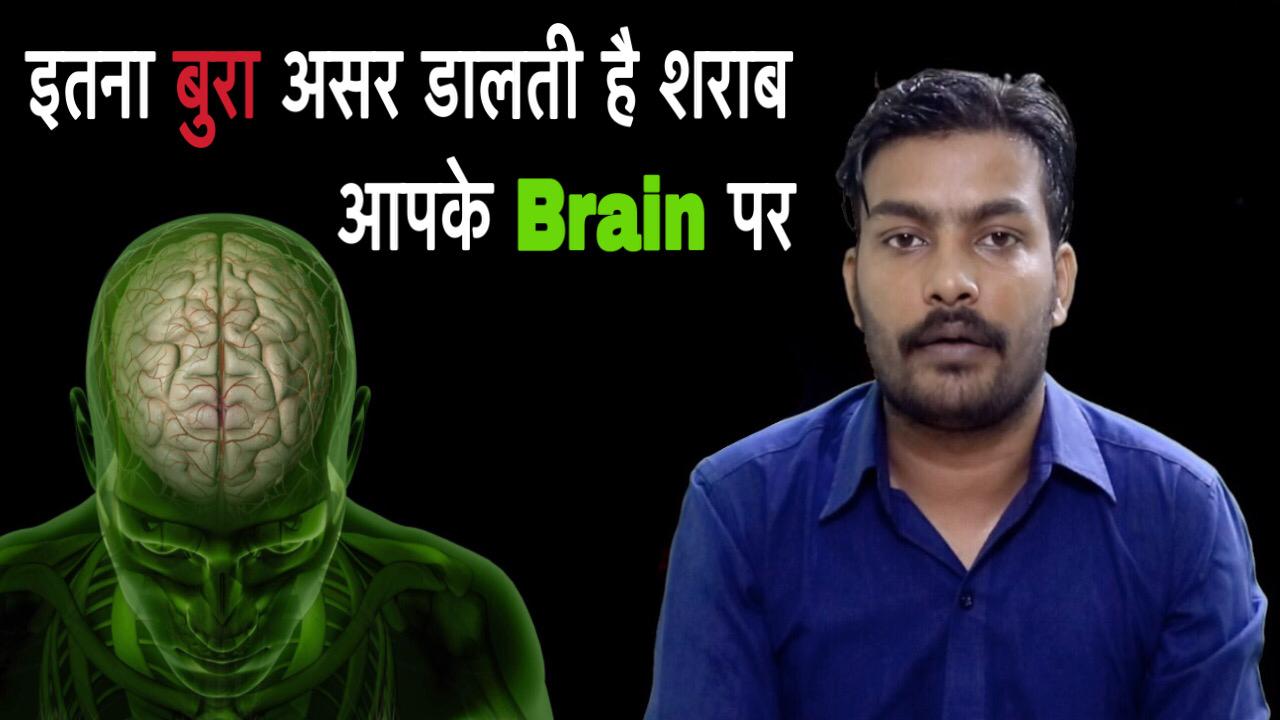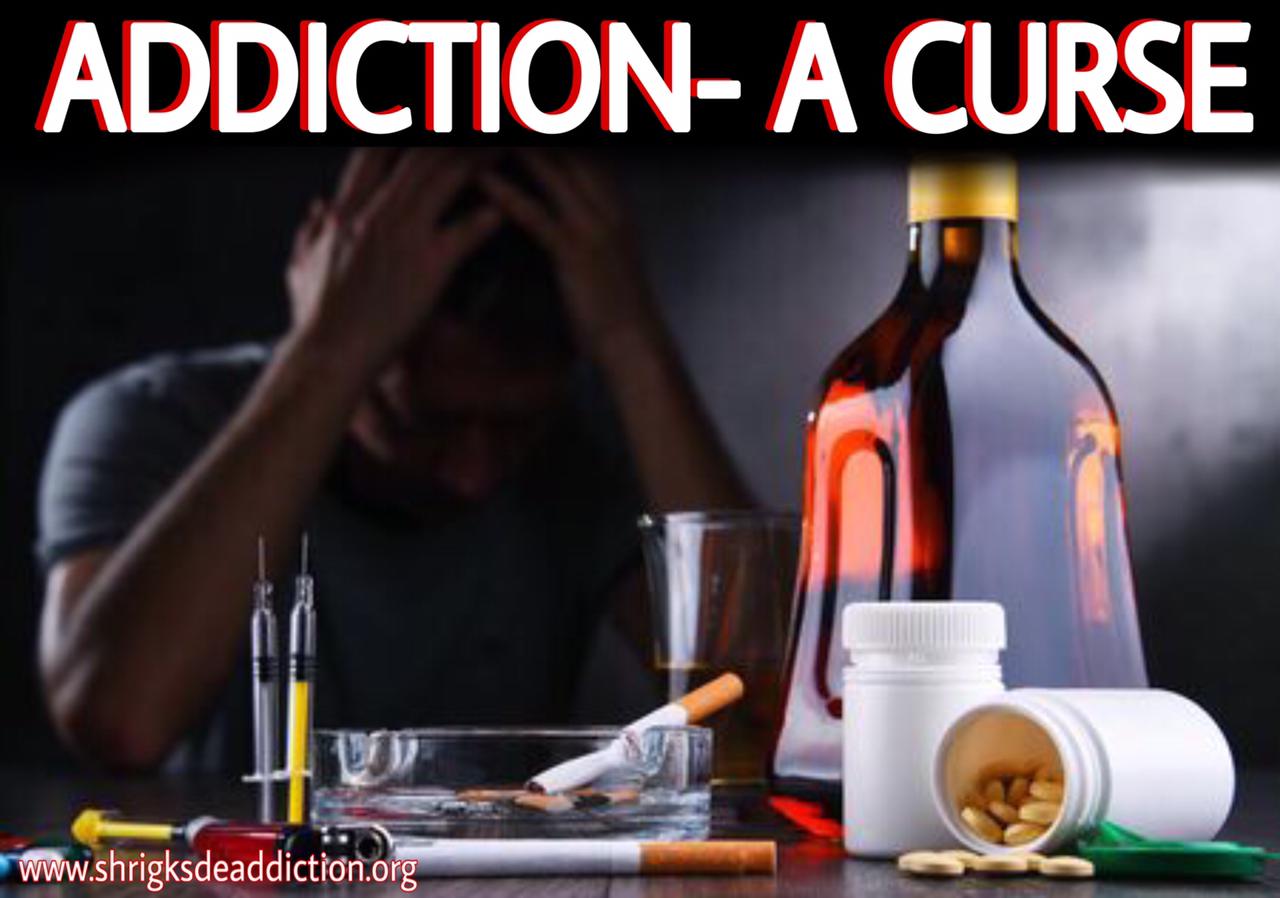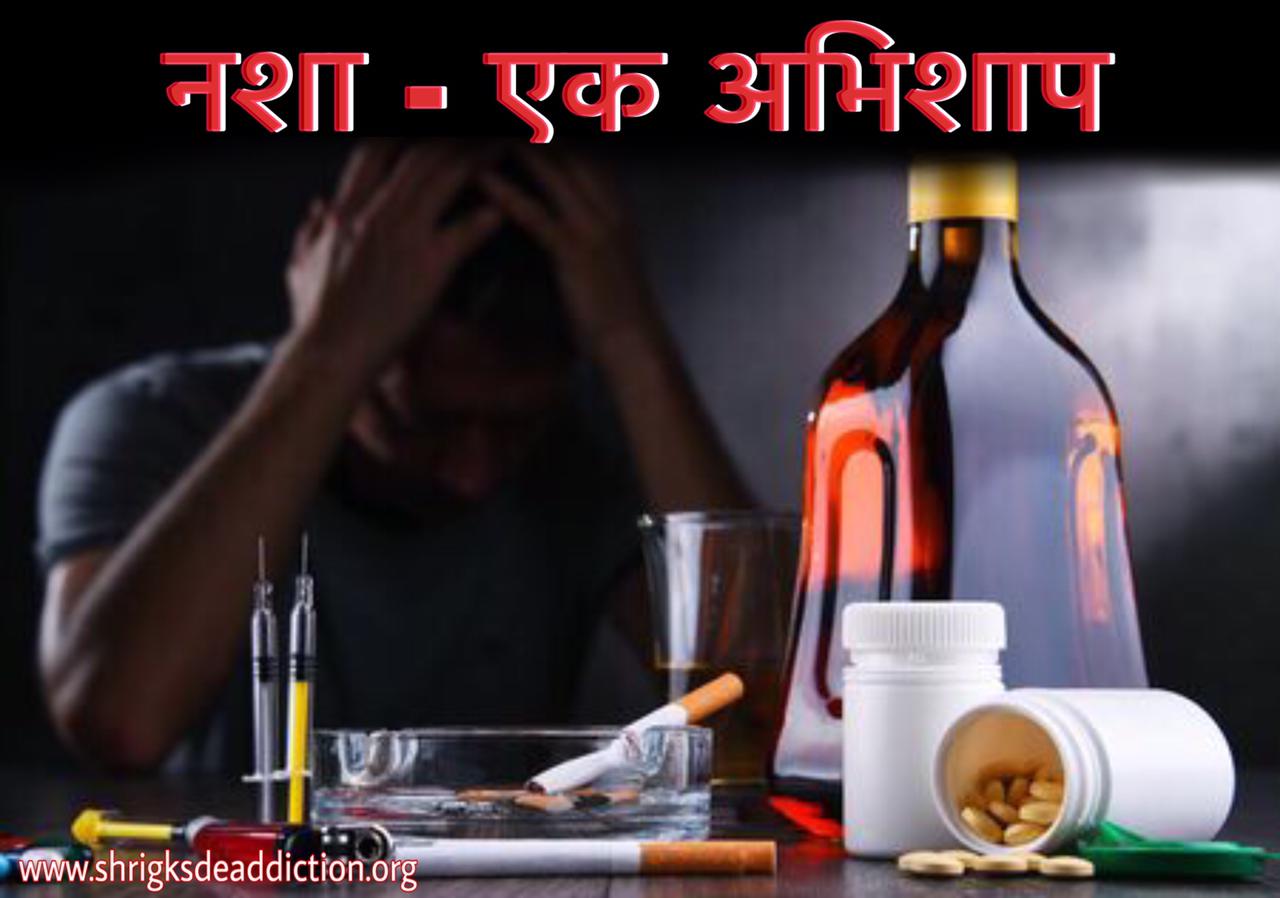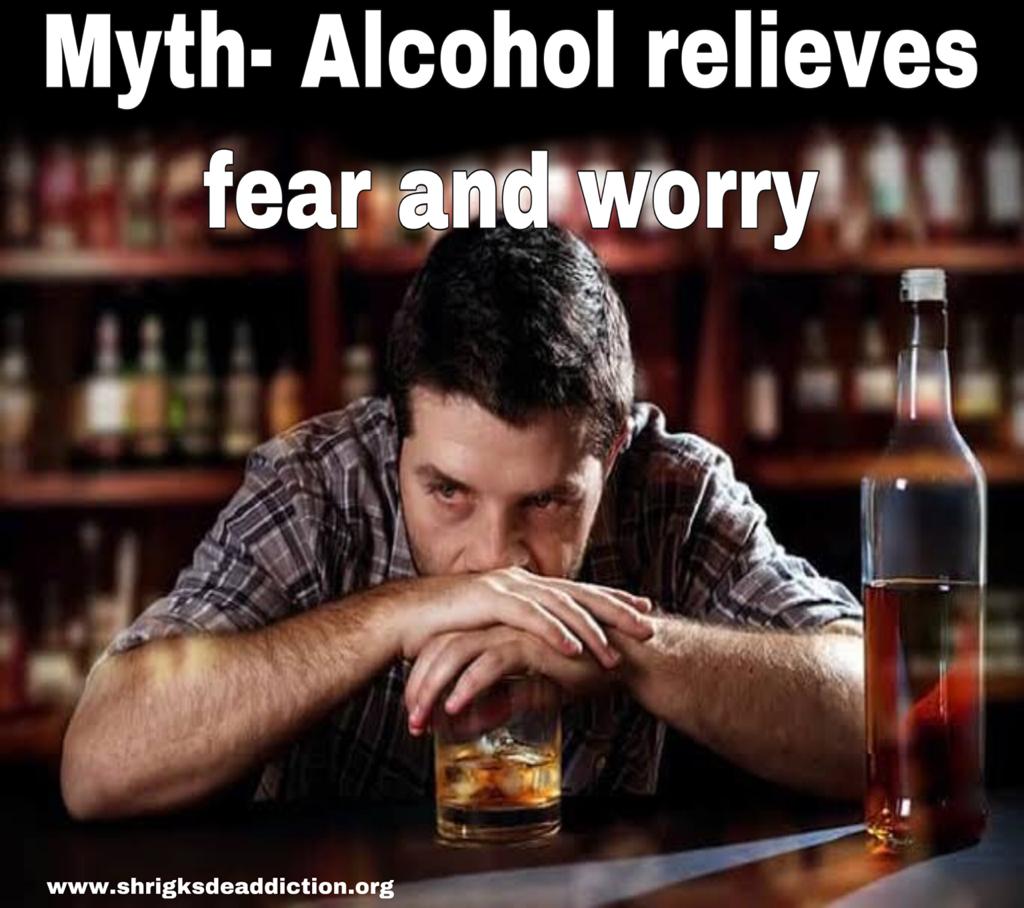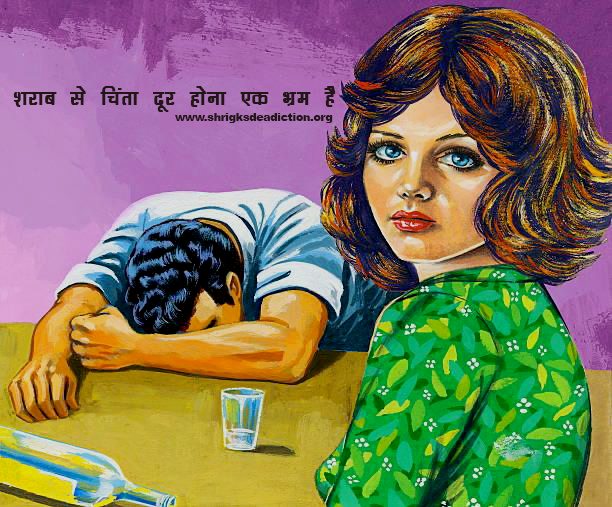Drug Addiction and its Treatment
Drug addiction is a chronic, relapsing condition characterized by the compulsive seeking and use of drugs despite harmful consequences. The widespread prevalence of drug addiction has raised public health concerns globally, creating an urgent need for effective treatment methods. In this blog, we’ll dive into drug addiction, explore the underlying factors, types of treatment approaches, and the latest advancements in addiction care.
What is Drug Addiction?
Drug addiction is a disorder that affects a person’s brain and behavior, leading to an inability to control the use of legal or illegal drugs. People from all walks of life can experience addiction, but the process typically begins with the voluntary act of taking drugs. Over time, a person’s ability to choose not to use the drug weakens, and drug seeking becomes compulsive.
The Science Behind Addiction
Addiction has long been misunderstood as simply a failure of willpower. However, recent research shows that addiction is a complex disease involving the brain’s reward system. When a person uses drugs, chemicals such as dopamine are released, producing feelings of pleasure and euphoria. Repeated drug use alters the brain’s circuitry, weakening areas responsible for decision-making and impulse control, leading to dependency.
Causes of Drug Addiction
- Genetic Predisposition: Genetics play a significant role in the risk of developing an addiction. Studies suggest that 40-60% of a person’s vulnerability to addiction is genetic.
- Environmental Factors: Family dynamics, exposure to drug use at an early age, peer pressure, and socioeconomic status contribute significantly to drug abuse initiation.
- Psychological Factors: Mental health conditions like depression, anxiety, and trauma may drive individuals to use drugs as a form of self-medication.
- Social Influences: Cultural attitudes, availability of drugs, and media portrayal of drug use can all normalize drug consumption, leading individuals down the path of addiction.
Commonly Abused Substances
- Opioids: Drugs like heroin, morphine, and prescription pain relievers (OxyContin, Vicodin) are part of the opioid epidemic, with misuse leading to significant physical and psychological dependence.
- Stimulants: Cocaine, methamphetamine, and prescription drugs such as Adderall or Ritalin can cause long-term effects on brain health and increase the risk of addiction.
- Cannabis: Although cannabis is often perceived as less dangerous, it can still cause addiction and lead to cognitive and psychological problems in some users.
- Alcohol: Alcohol addiction remains one of the most pervasive forms of addiction worldwide, leading to a range of health complications from liver disease to cognitive impairment.
Recognizing Drug Addiction
Drug addiction often manifests with behavioral, psychological, and physical symptoms. These include:
- Cravings: An intense desire for the substance.
- Loss of Control: Inability to stop or reduce drug use despite wanting to.
- Tolerance: The need to use more of the substance to achieve the same effect.
- Withdrawal: Physical symptoms when not using the substance, such as nausea, tremors, or anxiety.
Treatment Approaches for Drug Addiction
Treating drug addiction is multifaceted, requiring a combination of medical, psychological, and social interventions. The goal is not just to stop drug use but to help individuals return to a productive life.
- Detoxification:
Detoxification is the first step in treating addiction and involves purging the body of the harmful substances under medical supervision. Withdrawal symptoms can be severe, so it is crucial for individuals to go through detox in a medically safe environment. - Medication-Assisted Treatment (MAT):
Medications can be used to treat opioid, alcohol, and nicotine addiction. These medications help reduce cravings and withdrawal symptoms, increasing the chances of successful recovery. Common medications include:- Methadone: Often used to treat opioid addiction by reducing cravings and withdrawal.
- Buprenorphine: Provides relief from opioid withdrawal and can prevent relapse.
- Naltrexone: Blocks the effects of opioids and reduces alcohol cravings.
- Behavioral Therapies:
Behavioral therapy is an essential component of addiction treatment. It aims to change the individual’s behaviors and attitudes toward drug use, increase their life skills, and reinforce the desire for abstinence. Common therapies include:- Cognitive-Behavioral Therapy (CBT): Helps individuals identify and change thought patterns that lead to drug abuse.
- Motivational Interviewing: Engages the individual in treatment by enhancing their intrinsic motivation to change.
- Contingency Management: Offers tangible rewards for positive behaviors like abstinence.
- Family Therapy: Focuses on repairing relationships and creating a support system for recovery.
- Residential Rehabilitation Programs:
These programs offer intensive, structured treatment in a live-in facility, allowing individuals to focus entirely on recovery. Residential programs often include group therapy, individual counseling, and life skills training. - Outpatient Programs:
For those with less severe addictions or who have completed residential treatment, outpatient programs offer flexibility. Patients visit treatment centers while continuing with their day-to-day life, maintaining support through therapy and check-ins. - 12-Step Programs and Peer Support Groups:
Programs such as Alcoholics Anonymous (AA) and Narcotics Anonymous (NA) use a structured, spiritual framework to help individuals achieve and maintain sobriety. Peer support groups also provide a non-judgmental space for sharing experiences, struggles, and successes in recovery.
Advanced Treatment Options
- Holistic Therapies:
Alternative approaches like yoga, meditation, art therapy, and acupuncture are gaining popularity in drug addiction treatment. These methods aim to heal the mind, body, and spirit and help individuals develop healthier coping mechanisms. - Neurofeedback Therapy:
Neurofeedback uses real-time monitoring of brain activity to teach individuals how to regulate brain functions. It has been found effective in treating substance use disorders by addressing cognitive and emotional regulation. - Transcranial Magnetic Stimulation (TMS):
TMS is a non-invasive procedure that uses magnetic fields to stimulate nerve cells in the brain. It is increasingly being used in addiction treatment to help control cravings and improve mood regulation, especially in individuals resistant to other forms of treatment. - Virtual Reality Therapy:
Virtual reality exposure therapy allows patients to confront triggering environments in a controlled setting, reducing their emotional response and helping them develop better coping strategies.
The Importance of Aftercare
Recovery doesn’t end with the completion of treatment. Aftercare services are crucial for preventing relapse and supporting long-term sobriety. These services may include:
- Sober Living Homes: Structured, substance-free environments that provide support during the transition back into society.
- Ongoing Counseling and Therapy: Regular sessions with a therapist or counselor help individuals maintain sobriety by addressing emotional and psychological challenges.
- Continued Participation in Peer Support Groups: Long-term involvement in support groups provides an ongoing sense of community and accountability.
Challenges in Drug Addiction Treatment
- Relapse:
Relapse is a common part of the recovery process. According to the National Institute on Drug Abuse (NIDA), relapse rates for drug addiction are similar to other chronic diseases, such as diabetes and hypertension, at 40-60%. However, relapse should not be seen as a failure but as an indication that the treatment plan needs adjustment. - Co-occurring Mental Health Disorders:
Many individuals with substance use disorders also suffer from co-occurring mental health conditions such as depression, anxiety, or post-traumatic stress disorder (PTSD). Treating addiction without addressing these underlying conditions is often ineffective. Integrated treatment approaches that tackle both mental health and addiction concurrently are essential. - Access to Treatment:
Access to addiction treatment can be challenging due to various barriers, including cost, stigma, and lack of availability. Expanding healthcare coverage, reducing stigma around seeking help, and creating more treatment centers are vital steps in addressing these issues.
The Future of Addiction Treatment
The future of addiction treatment looks promising, with ongoing research and innovation paving the way for more effective, personalized approaches. Some areas of focus include:
- Genetic Research:
By understanding the genetic factors that contribute to addiction, researchers hope to develop targeted therapies and preventative strategies. - Precision Medicine:
Precision medicine involves tailoring treatment based on an individual’s unique genetic makeup, environment, and lifestyle. This approach is already showing promise in the field of addiction treatment. - Telemedicine:
The rise of telemedicine offers new opportunities for addiction treatment, especially for those living in rural or underserved areas. Online counseling, virtual support groups, and remote monitoring tools make treatment more accessible and flexible. - Public Policy and Harm Reduction:
Increasing support for harm reduction strategies, such as needle exchange programs and supervised injection sites, could reduce the public health impact of addiction while guiding individuals toward treatment.
Conclusion
Drug addiction is a multifaceted disease that requires a comprehensive, individualized approach to treatment. From detoxification to therapy, medication, and holistic care, various interventions are necessary to address the physical, psychological, and social aspects of addiction. Continued research and advancements in the field promise to improve outcomes for those struggling with addiction, ultimately offering hope for recovery and a better quality of life.
Recovery is not a straight path, but with the right support, resources, and determination, it is possible. Education and awareness remain crucial to reducing the stigma surrounding addiction and ensuring that more people have access to the help they need. Whether through residential rehabilitation, outpatient services, peer support, or emerging treatments, the ultimate goal is to empower individuals to regain control of their lives and thrive in recovery.




